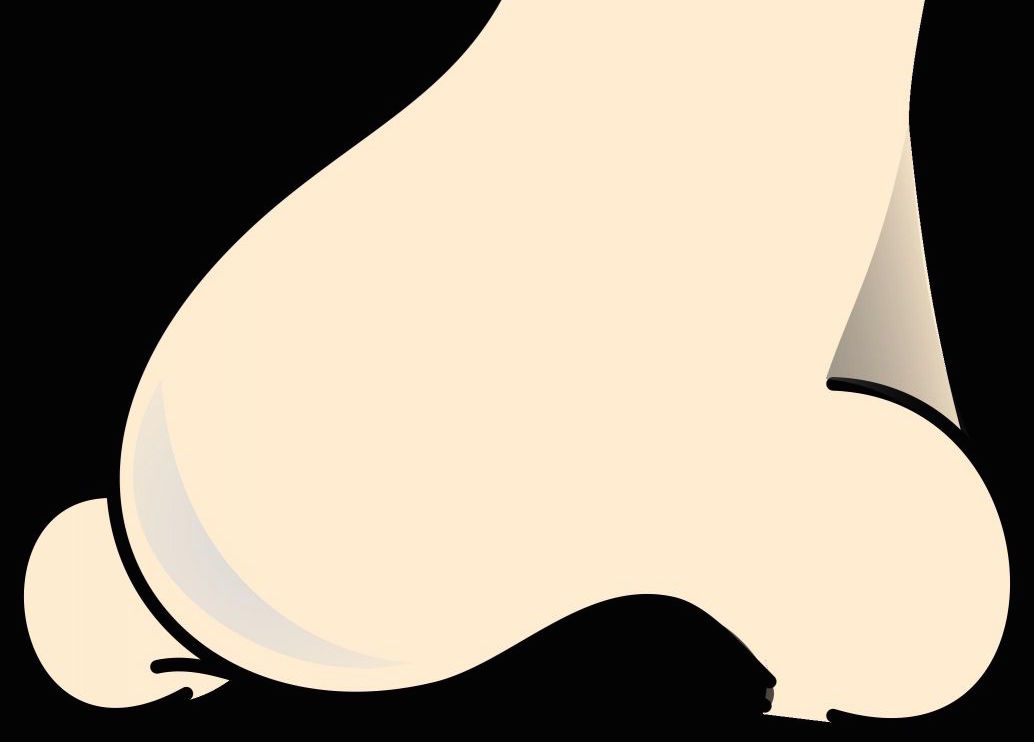While our noses can cause complications, and we might love or hate our noses, we do owe it one thing: it has diverse abilities. Other than playing a crucial role in your appearance and breathing, your nose plays other roles you may not even realize. Without our noses we would be miserable! And a lot of health conditions would worsen because of that, too—even sleep apnea. Let’s take a break from sleep apnea and TMD facts, while we explore your nose and what other functions it holds other than smell, breathing and appearance:
1.There are 14 Different Types of Noses
In a survey in the Journal of Craniofacial Surgery it identifies 14 human nose shapes. Yes, 14! Each nose falls into a basic type ranging from the Greek, or straight, nose to the hawk nose, which is sharp and “downward hooking.” The most common type of nose is the “fleshy nose.” Now that’s interesting, isn’t it? Each person has a different nose, which can take on different shapes and sizes. What type of nose do you have?
2.Noses and a Perception of Beauty
Have you ever seen the Seinfeld episode “The Nose Job,” where Kramer said that George’s girlfriend was pretty except for her nose? Well, he was right! Our noses have a big impact on our perception of beauty because the nose is the most prominent and protruding part of the human face. Nose shape has even been historically considered an indicator of character.
3.Your Nose Grows Down
By the time you are 10 years old, your nasal shape has been formed and continues to slowly grow until about 15 or 17 in women and 17 to 19 in men. Over time, however, the nose lengthens and droops due to the endless tug of gravity and the gradual breakdown of proteins in your skin.
4.It is an Air Filter
Your nose acts as an air filter. The air that fuels your entire respiratory system enters the body primarily through the nose’s nostrils, which are lined with hairs that block everything from dust to germs. Once air enters your nose, it is funneled along grooves in the walls of your nasal cavity that cause it to swirl like currents in a stream. This process warms and moistens the air in order to protect sensitive lung tissues to help you breathe better through your nose.
With these four facts about noses, hopefully you will have a better understanding of what your nose does. And that is more than just for show. Contact us at Craniofacial Pain & Dental Sleep Center of Georgia to learn more about how the health of your nose can also play a role in other parts of your health.


